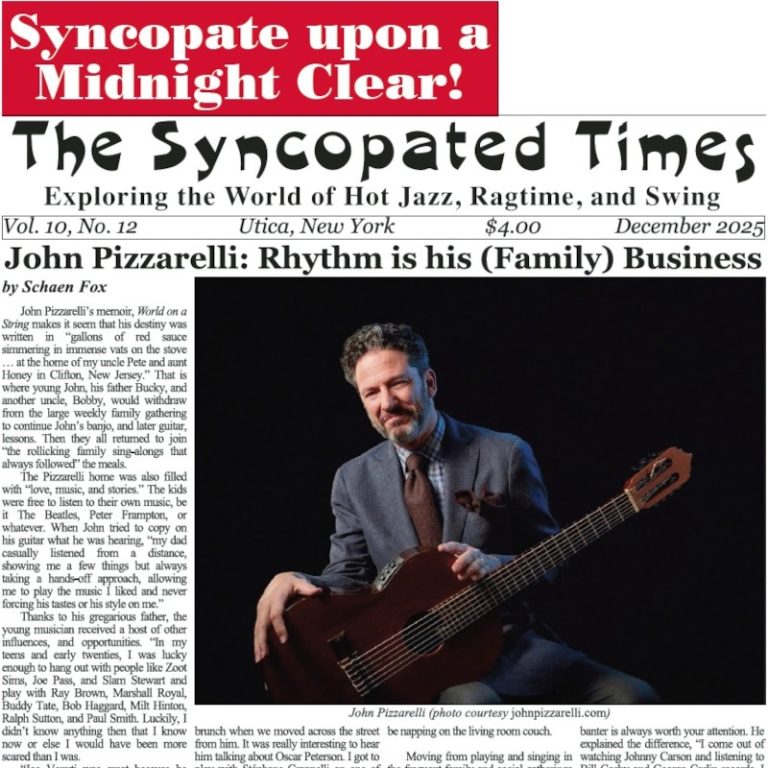Jazz is pretty powerful stuff: it can move us to tears, or it can move us to dance all night long. But can it help bring clean water to thirsty people in remote places? Modern polymath Dr. Corina Kwami thinks so—and she’s on a one-woman musical mission to prove it.
Born in New Jersey—of mixed Ghanaian, Italian, and Irish heritage—she has lived and worked in ten countries to date. Worked as what? Well, as a policy advisor (at the Royal Academy of Engineering), a lecturer (at University College London), a tour-guiding historian (in Berlin), and a tap-dancing jazz singer. The last of these is almost certainly of most interest to you, reader but trust me—the others are relevant. Corina has been called a Renaissance woman; a description usually apt to raise a skeptical eyebrow, but in her case it seems totally reasonable.
Onstage she fronts Corina Kwami and the Swing Selection, a popular London-based combo playing dance-friendly jazz classics from all over the world. Her catholic tastes stem from both her early and adult experiences. “I was surrounded by a lot of cultural, musical, and professional influences from a young age,” said Corina. “My dad was an engineer and my mum was a nurse, while my grandfather was an accountant and a musician—I find it funny that I’m juggling professions like he did, but sixty years later.”
Her Ghanaian granddad was a pianist who wou
You've read three articles this month! That makes you one of a rare breed, the true jazz fan!
The Syncopated Times is a monthly publication covering traditional jazz, ragtime and swing. We have the best historic content anywhere, and are the only American publication covering artists and bands currently playing Hot Jazz, Vintage Swing, or Ragtime. Our writers are legends themselves, paid to bring you the best coverage possible. Advertising will never be enough to keep these stories coming, we need your SUBSCRIPTION. Get unlimited access for $30 a year or $50 for two.
Not ready to pay for jazz yet? Register a Free Account for two weeks of unlimited access without nags or pop ups.
Already Registered? Log In
If you shouldn't be seeing this because you already logged in try refreshing the page.




